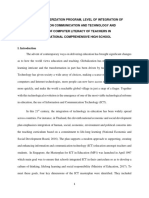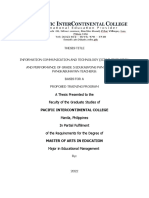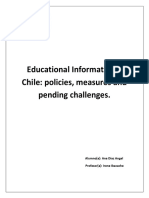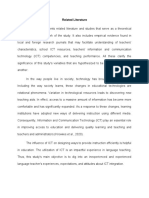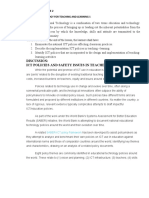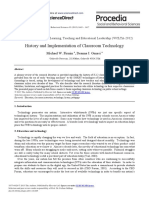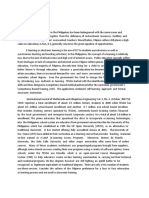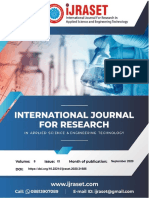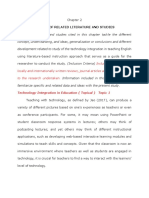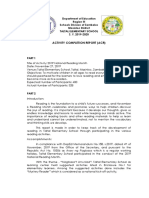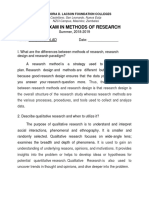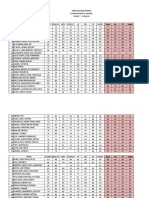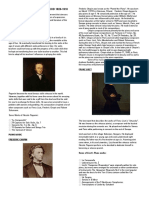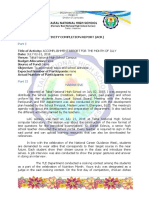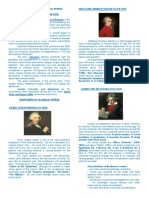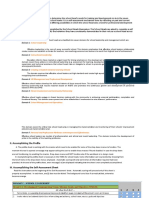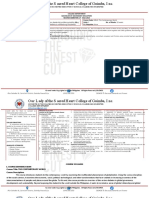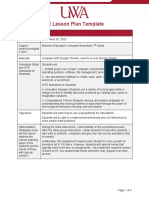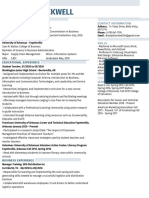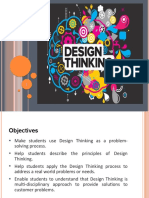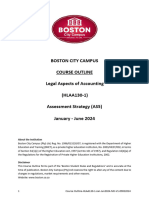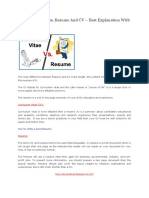0% found this document useful (0 votes)
323 views17 pagesProposal
The document discusses using e-classrooms in teaching technology and livelihood education. It provides background on the Philippine school system's introduction of ICT through subjects like HELE and THE. It also discusses the DepEd's intensification of ICT training for teachers since 1997 to integrate technology into classroom teaching and learning. Rogers' diffusion of innovations theory is cited to explain how teachers adopt technological innovations like ICT integration through stages of knowledge, persuasion, decision, implementation, and confirmation.
Uploaded by
Sandra EladCopyright
© © All Rights Reserved
We take content rights seriously. If you suspect this is your content, claim it here.
Available Formats
Download as DOCX, PDF, TXT or read online on Scribd
0% found this document useful (0 votes)
323 views17 pagesProposal
The document discusses using e-classrooms in teaching technology and livelihood education. It provides background on the Philippine school system's introduction of ICT through subjects like HELE and THE. It also discusses the DepEd's intensification of ICT training for teachers since 1997 to integrate technology into classroom teaching and learning. Rogers' diffusion of innovations theory is cited to explain how teachers adopt technological innovations like ICT integration through stages of knowledge, persuasion, decision, implementation, and confirmation.
Uploaded by
Sandra EladCopyright
© © All Rights Reserved
We take content rights seriously. If you suspect this is your content, claim it here.
Available Formats
Download as DOCX, PDF, TXT or read online on Scribd
/ 17



